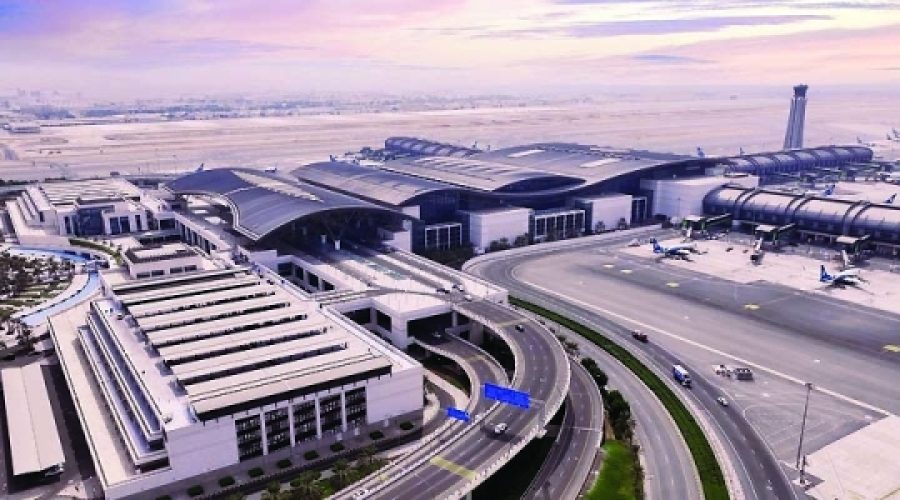Oman Airports Reach 6.9 Million Passengers by Mid-2025: Key Growth Opportunities for Investors and Business Owners
MUSCAT: The total passenger traffic across Oman’s key airports—Muscat, Salalah, Suhar, and Duqm—reached approximately 6,921,569 by the end of June 2025. This represents a slight decrease of 2.2% compared to 7,074,913 passengers during the same period in 2024, according to preliminary data from the National Centre for Statistics and Information (NCSI).
Muscat International Airport accounted for the majority, with 6,233,954 passengers recorded by mid-2025, marking a 2.4% decline from 6,384,874 last year. The number of flights at Muscat also fell by 6.9%, totaling 44,743 compared to 48,052 in the previous year.
In contrast, Salalah Airport experienced growth, handling 657,209 passengers—an increase of 4.5% from 628,951 in the same timeframe of 2024. Flights at Salalah slightly increased by 0.3%, reaching 4,526.
Suhar Airport witnessed a significant drop, with passenger numbers plunging by 98.9% to just 336, down from 31,203 last year. Flights at Suhar similarly fell sharply by 68.7%, totaling 84 compared to 268 in 2024.
Duqm Airport showed a marginal rise in passenger numbers, reaching 30,070, up 0.6% from 29,885 in 2024, while flights decreased slightly by 0.6% to 306.
Among the passengers passing through Muscat International Airport in June 2025, Indian nationals topped the list, with 193,183 passengers (79,424 arrivals and 113,759 departures). Omanis were the second largest group with 135,093 passengers, followed by Pakistanis at 48,733. — ONA
Special Analysis by Omanet | Navigate Oman’s Market
The overall slight decline in passenger traffic at Oman’s main airports, especially the 2.4% drop at Muscat International and the severe downturn at Suhar, signals potential challenges for businesses reliant on air travel and tourism. However, growth at Salalah and steady numbers at Duqm highlight emerging regional opportunities that smart investors should consider tapping into to diversify risk. Businesses need to adapt to shifting travel patterns and explore niche regional markets to stay resilient and capitalize on evolving passenger flows in Oman.



